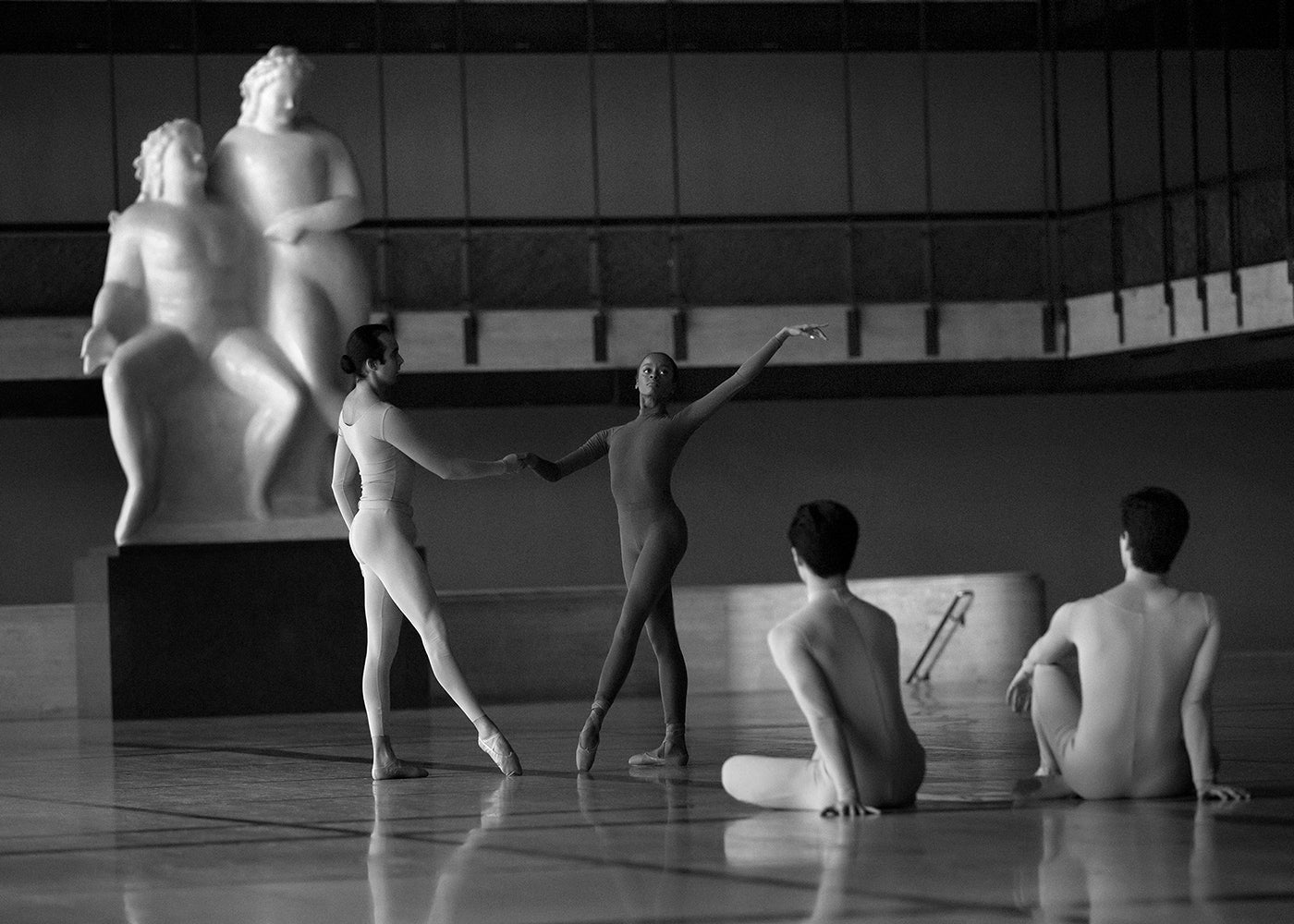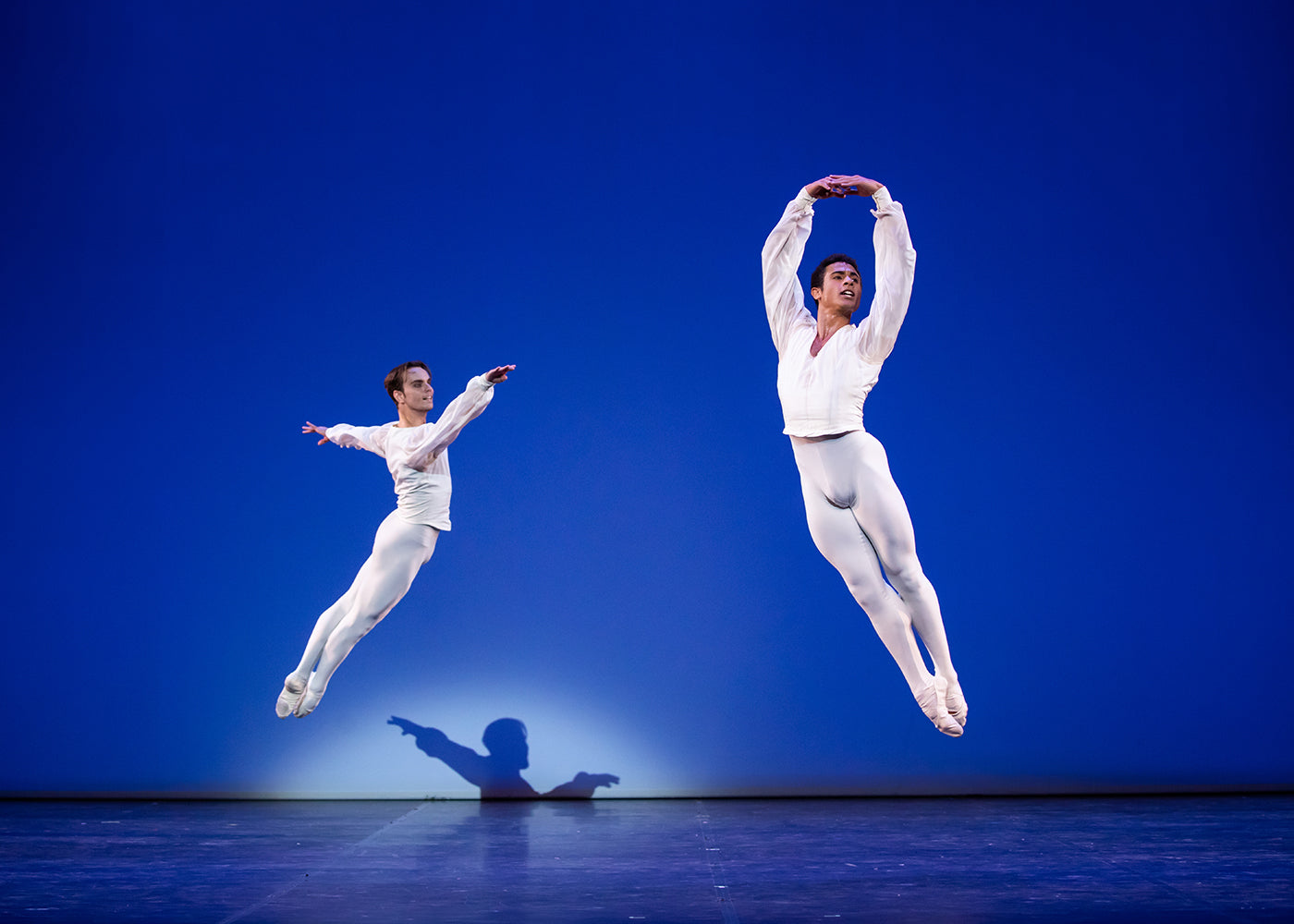When We Fell
The New York City Ballet’s Digital Spring Season continued this week with the premiere of the dance film When We Fell, choreographed by Kyle Abraham and co-directed by Abraham and Ryan Marie Helfant. This was an ambitious departure from the old performance recordings and Zoom rehearsal footage of the first three weeks of the season. It was also an about-face from the first ensemble work Abraham made for the company: 2018’s splashy, rap-scored “The Runaway.” When We Fell is somber and distilled. No matter which vein Abraham is working in, his singular choreographic voice and clear messaging come through.
Continue Reading













